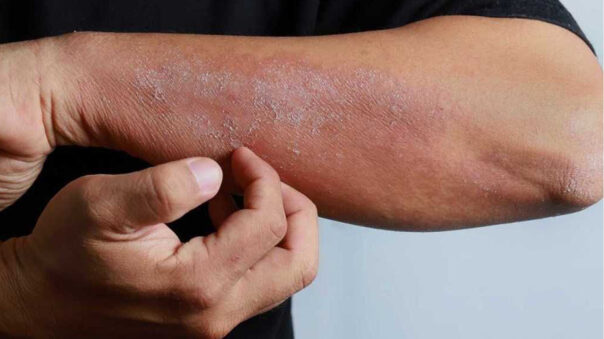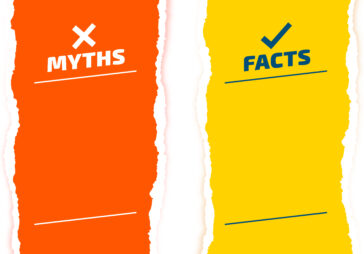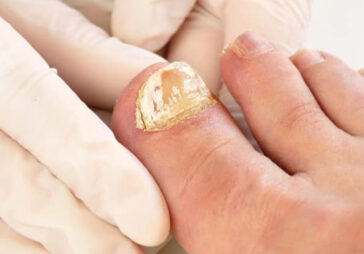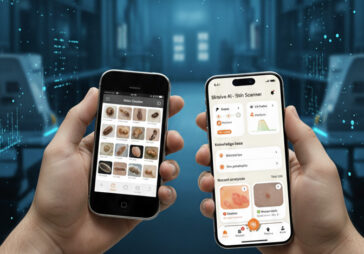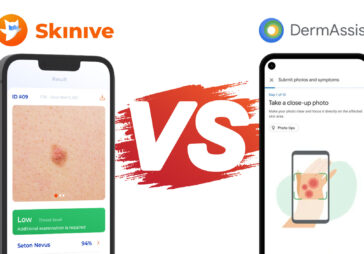Dermatitis, a term referring to skin inflammation, encompasses a range of skin conditions that affect millions of people worldwide. Understanding the different types of dermatitis, their symptoms, and appropriate treatments is essential for effective management. In this comprehensive guide, we will explore the main types of dermatitis, including Atopic Dermatitis or Eczema, Seborrheic Dermatitis, Contact Dermatitis, Neurodermatitis, and Perioral Dermatitis, and provide valuable insights into their symptoms, diagnosis, and treatments. Additionally, we will highlight the role of the Skinive app in accurately identifying specific types of dermatitis and offering personalized skincare recommendations.
Disclaimer: The information provided in this article is for educational purposes only. It is not a substitute for professional medical advice, diagnosis, or treatment. Always seek the advice of your physician or qualified healthcare provider with any questions you may have regarding a medical condition.
Eczema or Atopic Dermatitis
Atopic Dermatitis, commonly known as eczema, is a chronic inflammatory skin condition that often appears during childhood. It is characterized by dry, itchy, and inflamed skin, and in severe cases, it may lead to red, scaly rashes.

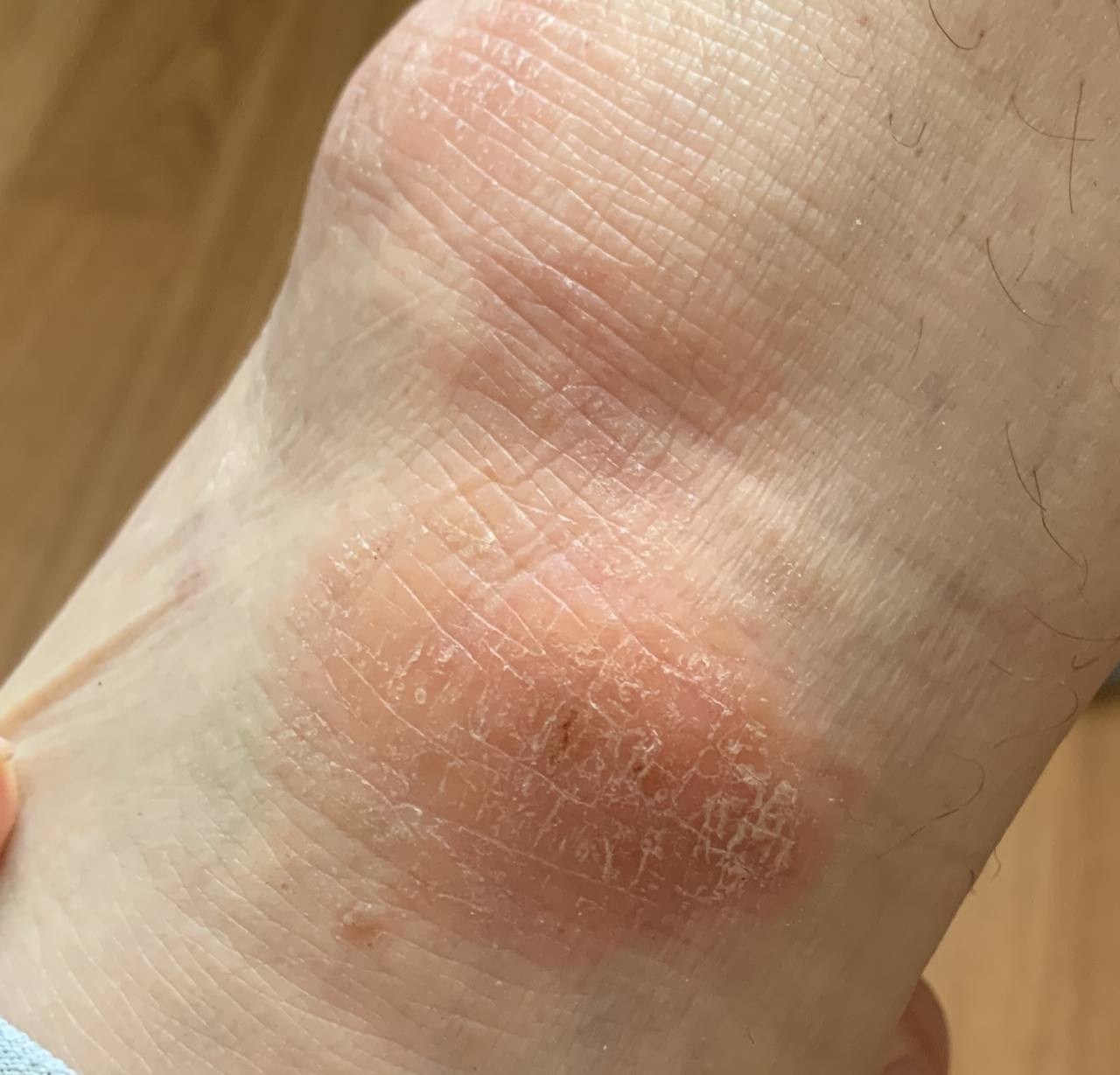
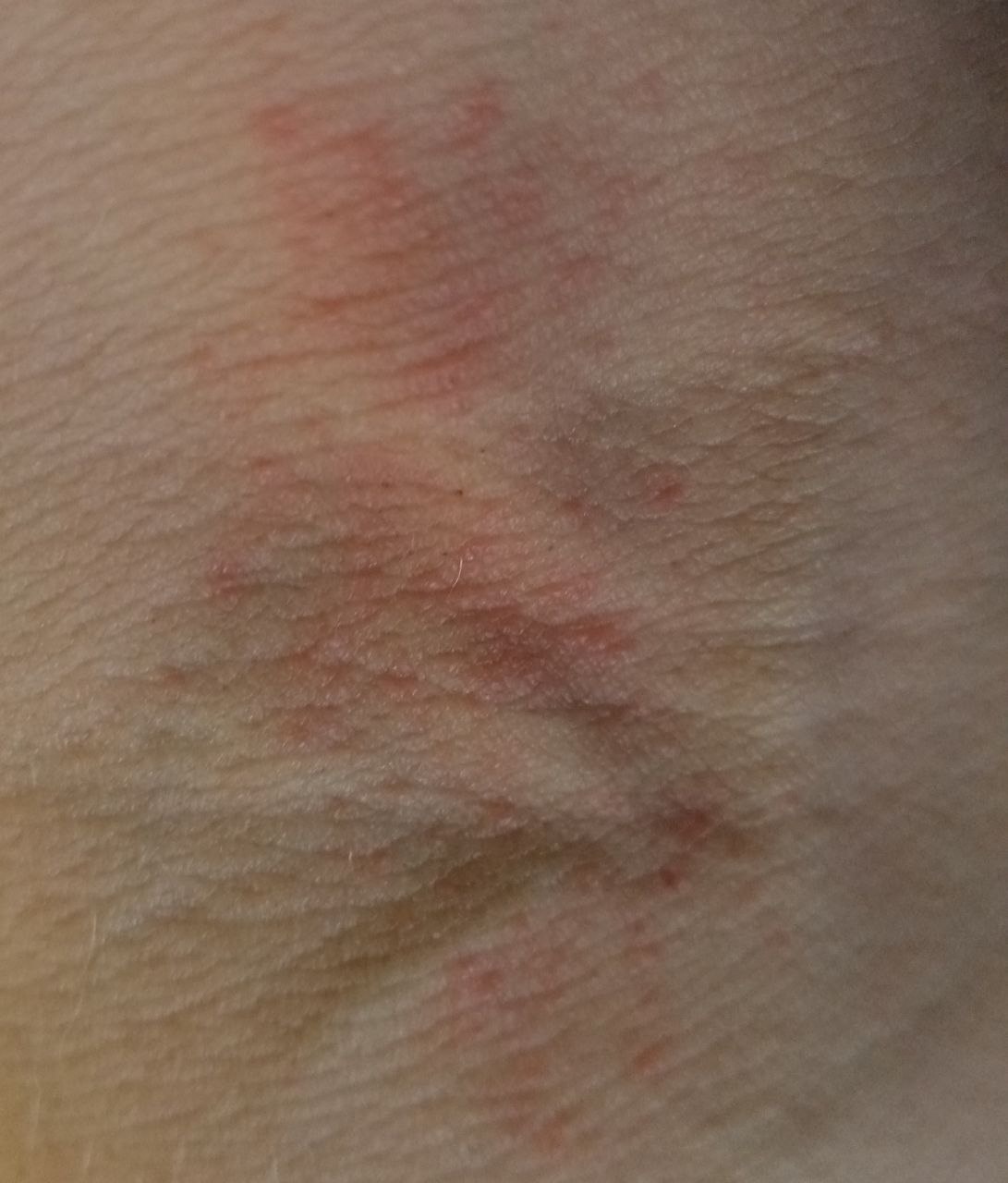
Symptoms: The symptoms of eczema include dry and itchy skin, red or brownish-gray patches, small raised bumps that may ooze fluid when scratched, and thickened, cracked, and scaly skin.
Diagnosis: Diagnosis of eczema is usually based on a physical examination, patient history, and ruling out other skin conditions.
Treatment: Management of Atopic Dermatitis involves keeping the skin moisturized, avoiding triggers, and using topical corticosteroids or immunomodulators to reduce inflammation. In severe cases, systemic medications may be prescribed.
Dermatitis
Dermatitis is a general term used to describe skin inflammation. It can be caused by various factors, including irritants, allergens, or infections. The symptoms and severity of dermatitis may vary depending on the specific cause.
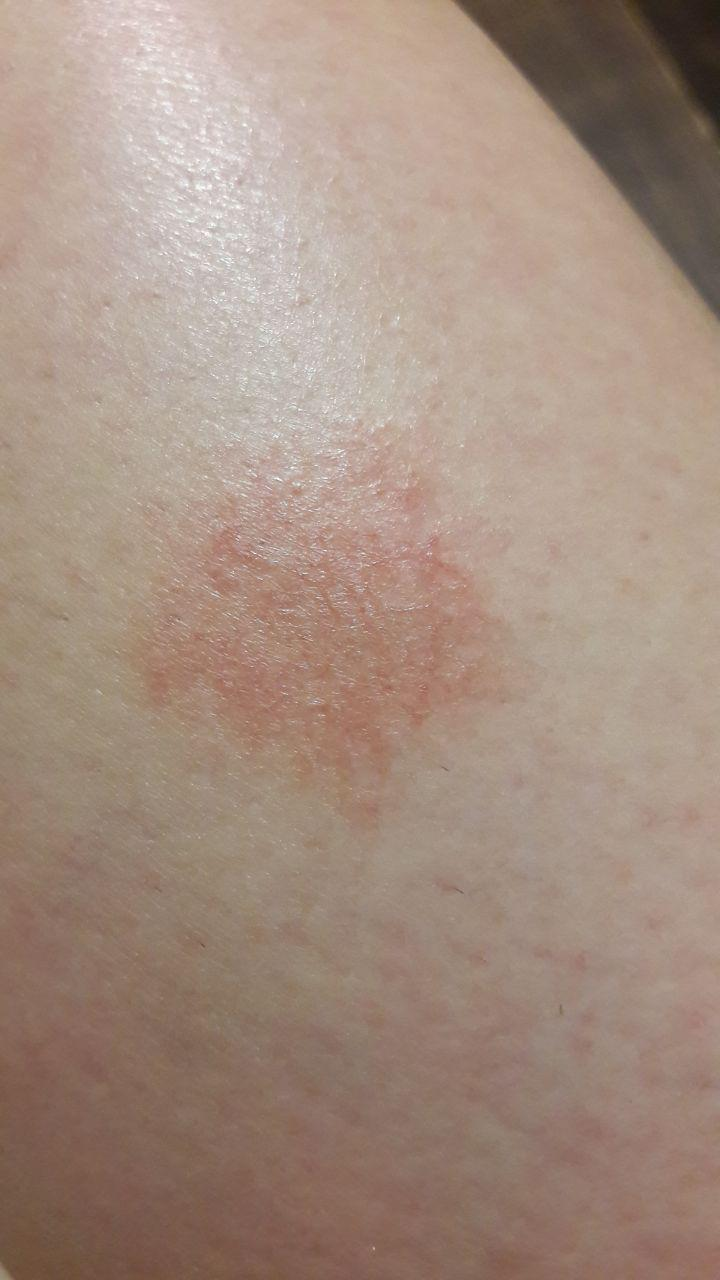
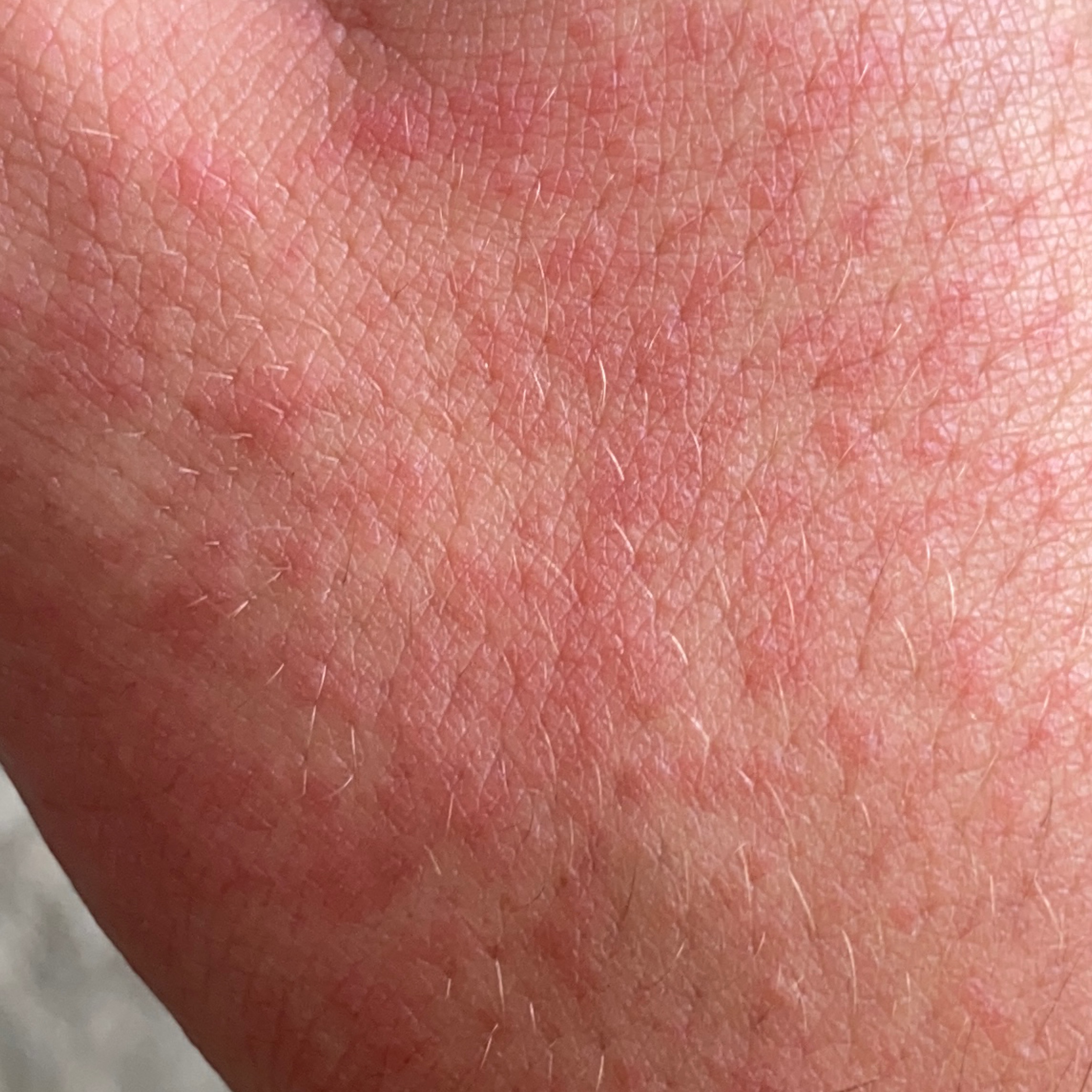
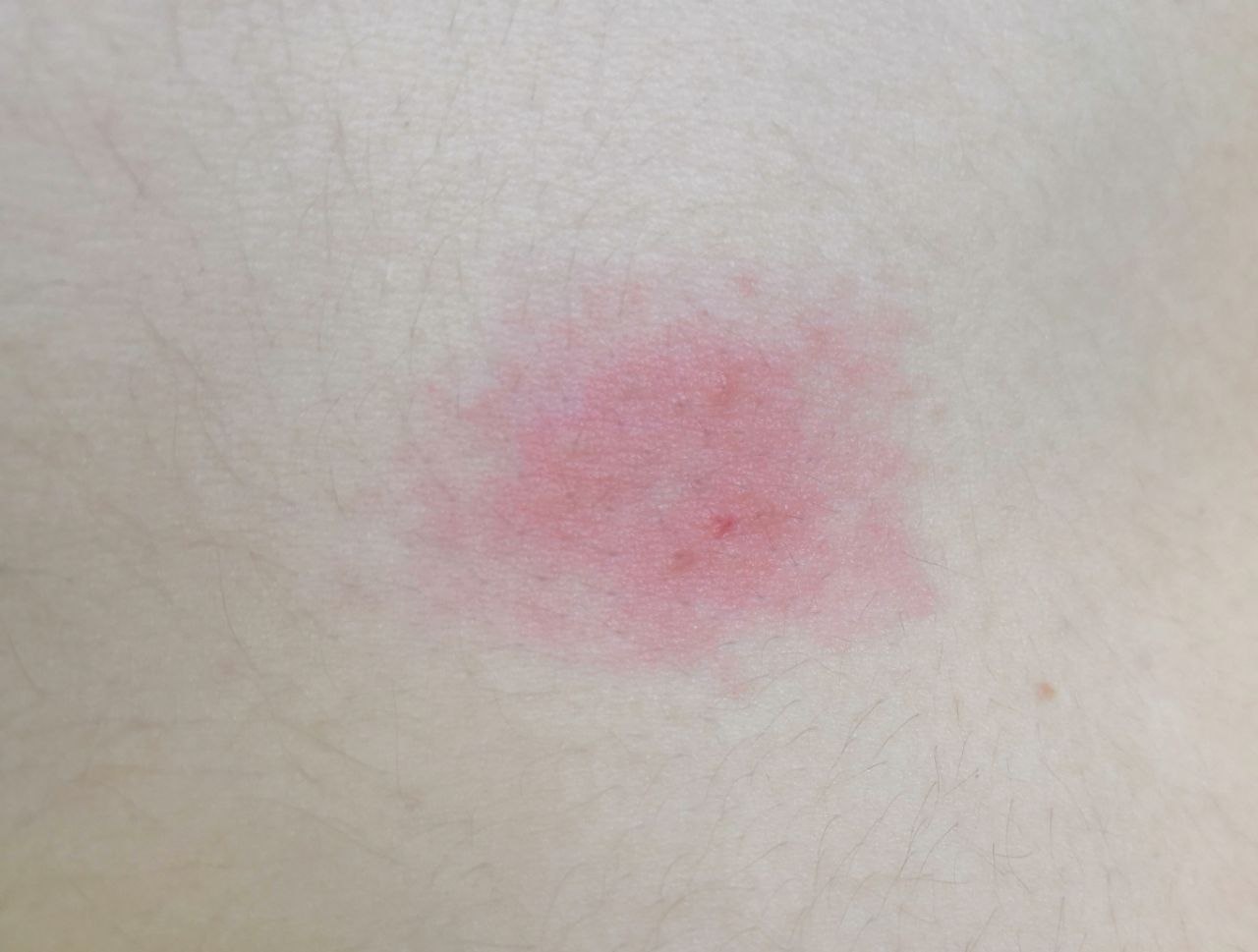
Symptoms: Common symptoms of dermatitis include redness, itching, swelling, and the formation of blisters or crusts on the skin.
Diagnosis: Diagnosis is typically based on a thorough physical examination, medical history, and sometimes patch testing to identify potential allergens.
Treatment: Treatment involves identifying and avoiding triggers, using topical corticosteroids or antihistamines to reduce inflammation and itching, and keeping the affected area clean and moisturized.
Seborrheic Dermatitis
Seborrheic Dermatitis is a common chronic skin condition that primarily affects areas with numerous oil-producing glands, such as the scalp, face, and chest. It is characterized by red, greasy, and scaly patches.
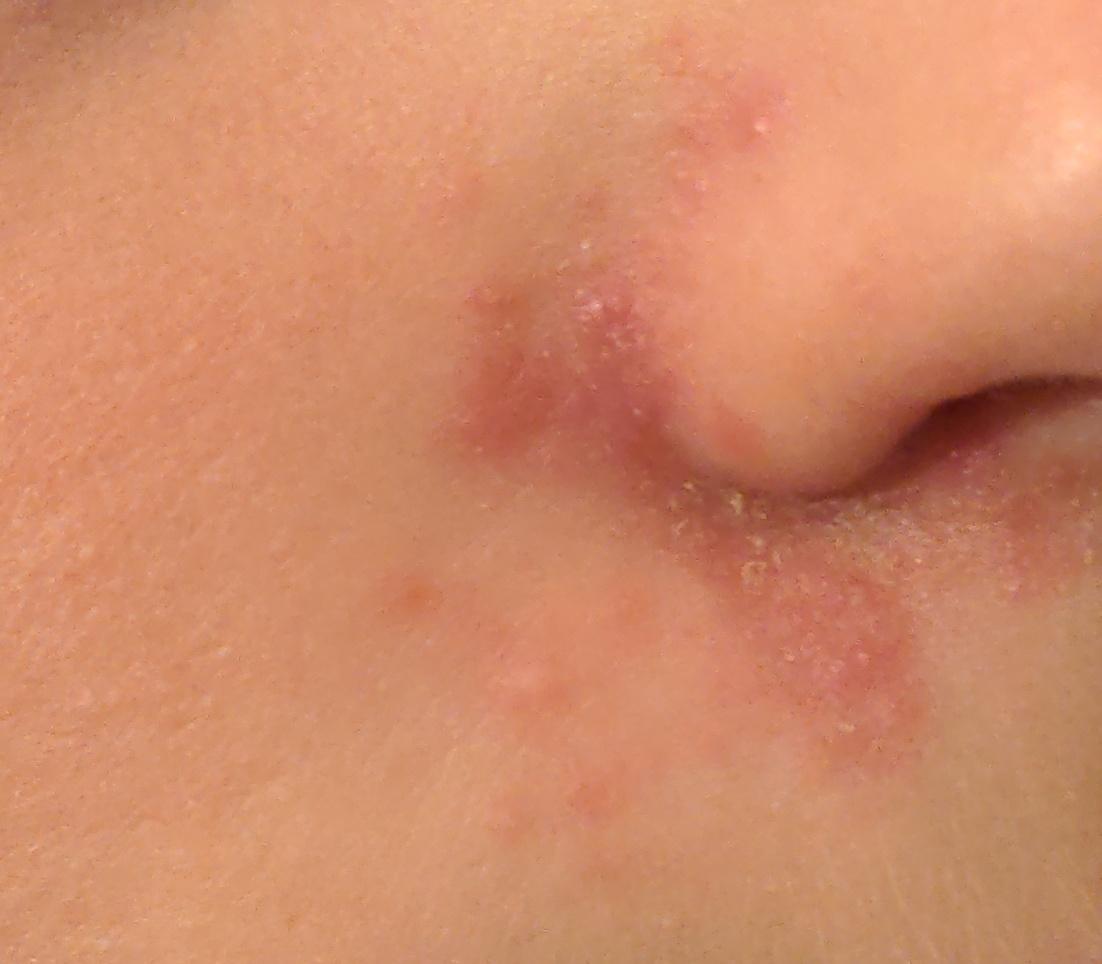

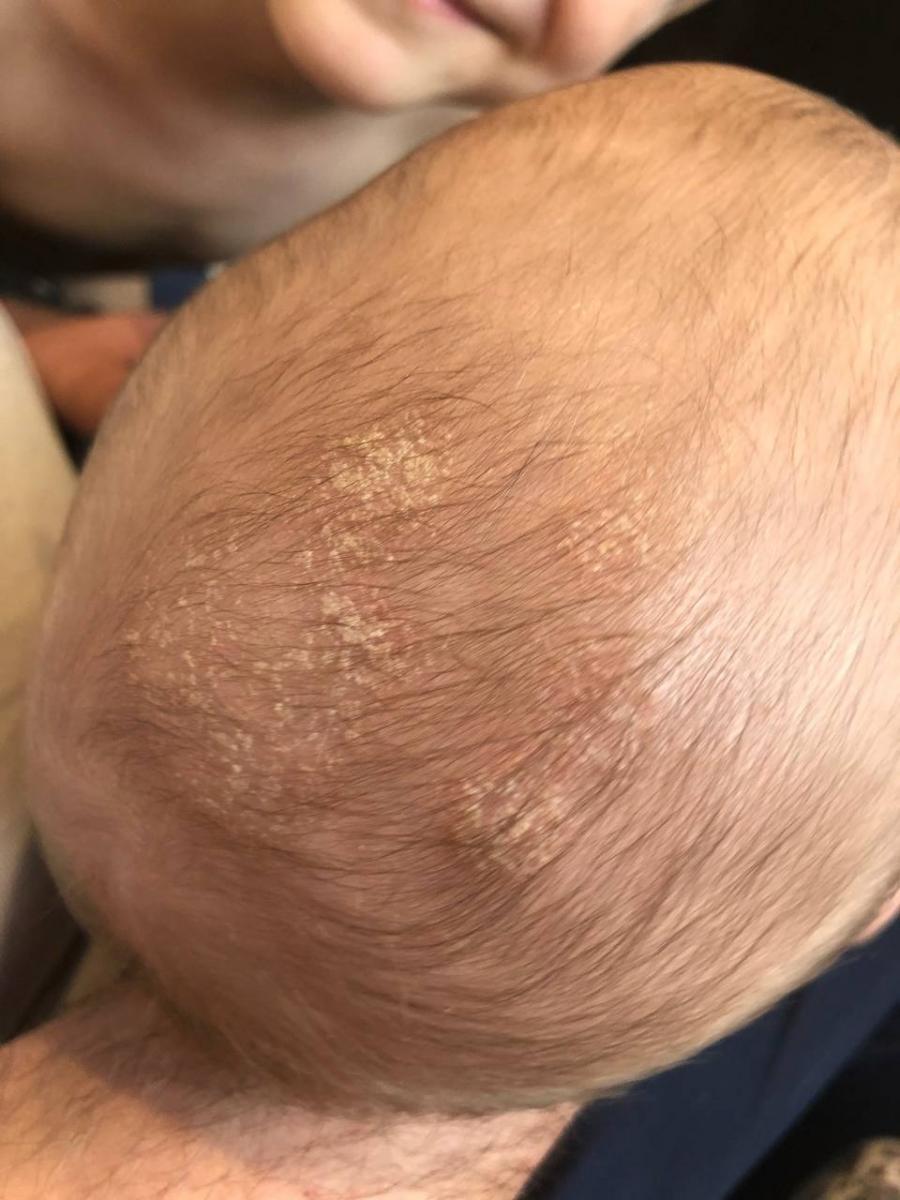
Symptoms: Symptoms of Seborrheic Dermatitis include red, greasy, and scaly patches, sometimes accompanied by itching.
Diagnosis: Diagnosis is typically made based on the appearance of the affected areas.
Treatment: Treatment options include using medicated shampoos, topical antifungal creams, and corticosteroids to manage symptoms.
Contact Dermatitis
Contact Dermatitis is a skin inflammation resulting from exposure to irritating substances or allergens. It can be classified into irritant contact dermatitis (caused by direct contact with irritants) and allergic contact dermatitis (triggered by an immune response to allergens).
Symptoms: Common symptoms of Contact Dermatitis include redness, itching, swelling, and the formation of blisters on the skin.
Diagnosis: Identifying the specific allergen through patch testing helps in diagnosing allergic contact dermatitis.
Treatment: Treatment involves avoiding contact with the irritant or allergen, using topical corticosteroids or antihistamines to reduce inflammation and itching, and keeping the skin moisturized.
Neurodermatitis
Neurodermatitis, also known as lichen simplex chronicus, is a skin disorder characterized by chronic itching and scratching in a localized area. The continuous scratching leads to thickened and leathery skin.
Symptoms: Symptoms of Neurodermatitis include thickened, scaly, and itchy skin in the affected area.
Diagnosis: Diagnosis is based on the characteristic appearance of the affected area and medical history.
Treatment: Treatment includes identifying and managing triggers, using topical corticosteroids, antihistamines, and behavioral therapy to break the itch-scratch cycle.
Perioral Dermatitis
Perioral Dermatitis is a facial rash that primarily affects the area around the mouth (perioral), nose, and eyes. It appears as red papules or pustules and may be accompanied by burning or itching sensations.
Symptoms: Symptoms of Perioral Dermatitis include red papules or pustules around the mouth, nose, or eyes.
Diagnosis: Diagnosis is typically made through a visual examination of the affected area.
Treatment: Treatment involves discontinuing the use of topical steroids (if applicable), avoiding irritants, and using topical or oral antibiotics.
Get Skin AI Scanner app: Precise Skincare Analysis with Skinive App
The Skinive app, powered by advanced AI technology, plays a pivotal role in accurately identifying various types of dermatitis through its precise skin analysis capabilities. By uploading a photo of the affected area, users can receive an instant and personalized assessment of their skin condition.
Personalized Skincare Recommendations
Upon identifying the specific type of dermatitis, the Skinive app provides personalized skincare recommendations tailored to the individual’s skin needs. These recommendations guide users on suitable products, lifestyle adjustments, and measures to manage their dermatitis effectively.
⚠️ Warning: Consult a Dermatologist
While the Skinive app offers valuable insights into your skin health, it is crucial to remember that self-diagnosis and self-medication are not recommended. Dermatitis can have various underlying causes, and seeking professional medical advice is essential for accurate diagnosis and appropriate treatment. Always consult a qualified dermatologist or healthcare provider for a thorough evaluation and personalized skincare plan.
Empowering Skin Health with Skinive AI
Dermatitis, in its various forms, poses unique challenges to individuals seeking optimal skin health. Understanding the different types, their symptoms, and treatment options is crucial for effective management.
The Skinive app’s revolutionary AI technology empowers users to take charge of their skin health by accurately identifying specific types of dermatitis and offering personalized skincare recommendations. Through this advanced platform, users can embark on a proactive skincare journey and embrace the transformative power of AI in elevating their skincare routine.
Download the Free Skinive App Now!
Take the first step towards healthier skin with the Skinive app. Embrace the future of skincare, where knowledge is power, and personalized care is within your reach. Unlock the potential of AI technology by downloading the free Skinive app in AppStore or GooglePlay!

